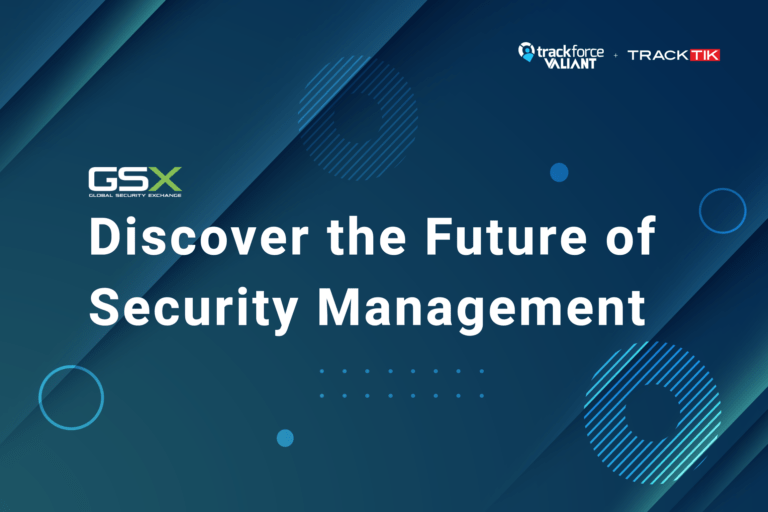It used to be that when companies considered their security risk management needs, they had a tendency to separate different security components into different “silos.” They would focus on one aspect of security at a time, typically in a reactive manner. If someone broke into their facilities at night, they would go with the cheapest and most obvious solution the next day – changing their locks. Other than these incidents, security wasn’t regarded as having a direct impact on company goals and outcomes.
While such an approach may have seemed like a way to save money, it rarely delivered effective security results. Many companies learned too late that a security application they neglected (such as the use of guard patrols) could have helped them avoid costly incidents.
Thankfully, security risk management is taking a turn for the better with increased awareness of Enterprise Security Risk Management(ESRM). This big-picture mindset is helping more companies realize that security-related tasks affect all areas of their business. As a security provider, helping potential clients understand the principles behind ESRM will ultimately play a big role in helping to grow your client base.
Data Delivery

Data is by far the biggest difference-maker in helping potential clients understand the value of ESRM. Quite simply, a security provider needs to use data to show clients and customers how their work contributes to a business’s overall success.
It isn’t enough to simply try to offer a lower price point than the competition – you need to show how your security services can have a direct impact in helping clients reach their overarching goals.
As such, data should be used to showcase how your service helps identify, evaluate, and mitigate risks that would be detrimental to a company’s long-term prosperity. You need to show how using your security guard services will ultimately benefit all aspects of a company’s work by improving policies and procedures and reducing other expenses.
While you can tell potential clients about the great business your security team will provide, they likely won’t believe it unless you can back up your claims with hard data. Using a system that automatically collects, reports, and analyzes information from your guards will make it much easier to demonstrate how your efforts benefit their brand.
A Holistic Approach
Helping clients understand the value of ESRM is essential. Added security measures do much more than prevent a minor equipment theft. They help businesses avoid unexpected costs and setbacks that could disrupt a major project. Even the seemingly minor steps that companies take to improve their security will ultimately impact their ability to achieve their KPIs and other goals.
Companies that embrace ESRM use the best risk-management principles to address any threats that could damage their work. This proactive approach allows for continual improvement where everyone involved is aware of how taking appropriate security measures will help them reach their long-term goals.
Most importantly, ESRM will not be considered by security personnel alone. By encouraging management to take this holistic approach, everyone involved in the business will be more aware of the inherent risks associated with their actions. This in turn will lead to more careful behavior, which will make it that much easier for the company to avoid costly mistakes that could cause it to suffer financially.
Conclusion
Helping potential clients understand the value of ESRM isn’t always easy – but the results are well worth the effort. By using data to illustrate how security efforts deliver value for the entire company, clients will be more willing to use your services. As you continue to deliver quality results and clients meet KPIs, you’ll build a loyal customer base that will allow your own business to meet its growth goals.



